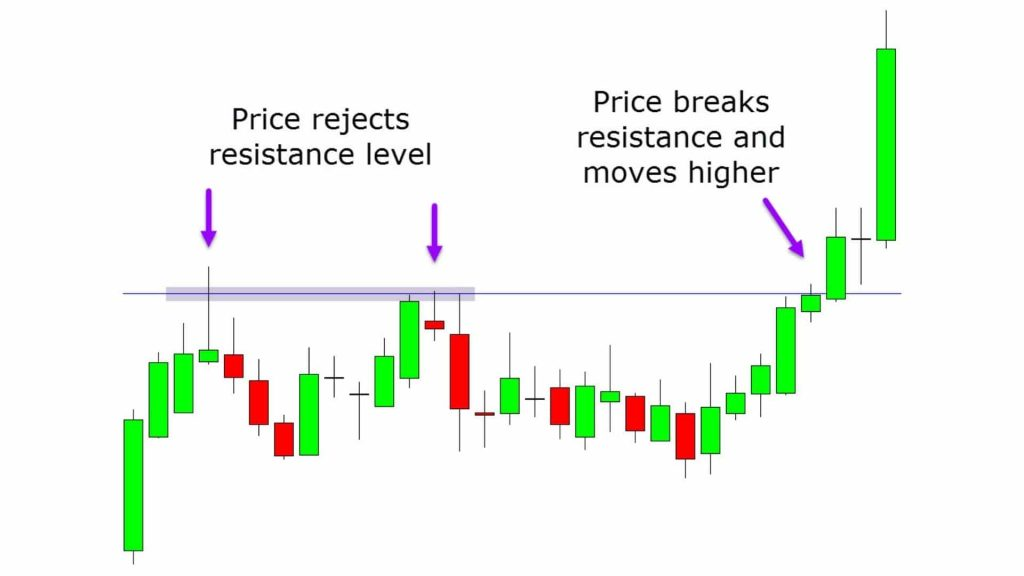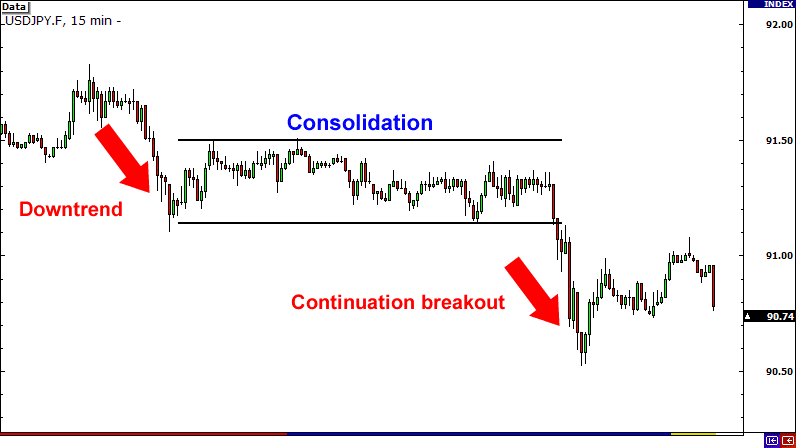Forex Trading Strategies for Breakout Trading: Techniques for Identifying and Capitalizing on Price Breakouts
Breakout trading is a popular forex trading strategy that involves identifying key levels of support and resistance and capitalizing on price movements beyond those levels. This article explores various techniques for effectively spotting breakout opportunities, managing risks, and executing successful trades. By understanding the nuances of breakout trading, traders can enhance their trading skills and potentially achieve greater profitability in the forex market.

Table content:
- Introduction
- Understanding Breakout Trading
- Identifying Key Support and Resistance Levels
- Types of Breakouts
- Effective Entry and Exit Strategies
- Risk Management in Breakout Trading
- FAQs
- Footnote
Introduction:
Forex trading, the exchange of foreign currencies in the global market, offers ample opportunities for traders to profit from price movements. Among the various trading strategies available, breakout trading has gained significant attention due to its potential for capturing substantial price movements. Breakout trading involves entering a trade when the price breaks through a key level of support or resistance. This article will delve into the techniques, benefits, risks, and FAQs surrounding breakout trading in the forex market.
Understanding Breakout Trading:
Breakout trading is based on the premise that when the price of a currency pair surpasses a well-defined level of support or resistance, it is likely to continue moving in the same direction. Traders aim to enter positions as soon as the breakout occurs to capitalize on the potential price movement.
Identifying Key Support and Resistance Levels:
Before executing breakout trades, traders need to identify significant support and resistance levels on their price charts. This can be achieved through technical analysis tools like trendlines, moving averages, and Fibonacci retracements. These levels serve as reference points for potential breakouts.
Types of Breakouts:
Breakouts can be classified into two main types:
- Continuation Breakouts: These occur when the price breaks out in the direction of the prevailing trend, indicating a potential continuation of the trend.

- Reversal Breakouts: These occur when the price breaks out against the prevailing trend, suggesting a possible trend reversal.

Effective Entry and Exit Strategies:
Successful breakout trading requires well-defined entry and exit strategies:
- Entry: Traders often wait for a confirmed breakout above the resistance level or below the support level. Some use candlestick patterns like the "bullish/bearish engulfing" patterns for confirmation.
- Exit: Implementing trailing stop-loss orders allows traders to lock in profits as the price moves in their favor while giving the trade room to breathe.
Risk Management in Breakout Trading:
Breakout trading carries risks, including false breakouts where the price briefly moves beyond a level but then reverses. To mitigate risks, traders can:
- Use Stop-loss Orders: Placing stop-loss orders below support (in a buy trade) or above resistance (in a sell trade) can limit potential losses.
- Diversification: Avoid putting all capital into a single breakout trade. Diversifying across multiple trades can reduce the impact of a single loss.
- Position Sizing: Calculating the appropriate position size based on risk tolerance and trade setup can prevent overexposure.
FAQs:
Q1: What makes breakout trading attractive?
A: Breakout trading offers the potential for capturing significant price movements in a relatively short period. It allows traders to take advantage of volatility and profit from strong market momentum.
Q2: How do I identify breakout opportunities?
A: Look for well-established support and resistance levels using technical analysis tools. Breakout confirmation can come from candlestick patterns, volume spikes, or other momentum indicators.
Q3: What's the difference between continuation and reversal breakouts?
A: Continuation breakouts follow the prevailing trend and suggest the trend will continue. Reversal breakouts go against the trend and indicate a potential trend reversal.
Q4: How do I manage risk in breakout trading?
A: Using stop-loss orders, diversifying your trades, and calculating position sizes based on risk tolerance are effective risk management strategies.
Q5: Can false breakouts be avoided?
A: While false breakouts can't be entirely avoided, waiting for strong confirmation signals and using wider stop-loss levels can reduce the impact of false breakout trades.
Q6: What are some common tools for identifying support and resistance levels?
A: Technical tools such as trendlines, moving averages, Fibonacci retracements, and pivot points can help identify key support and resistance levels.
Q7: When is the best time to trade breakouts?
A: Breakouts can occur at any time, but many traders focus on the opening hours of major forex trading sessions when market activity and volatility tend to be higher.
Q8: How do I improve my breakout trading skills?
A: Practice, study historical charts, and keep a trading journal to learn from your successes and mistakes. Learning from experienced traders' insights can also accelerate your learning curve.
Footnote:
In summary, breakout trading is a valuable strategy for forex traders seeking to capitalize on strong price movements. By identifying key support and resistance levels, understanding different types of breakouts, and implementing effective entry and exit strategies, traders can enhance their ability to profit from the dynamic forex market. While breakout trading carries risks, skillful risk management combined with a thorough understanding of market dynamics can lead to successful breakout trading endeavors.











Discussion